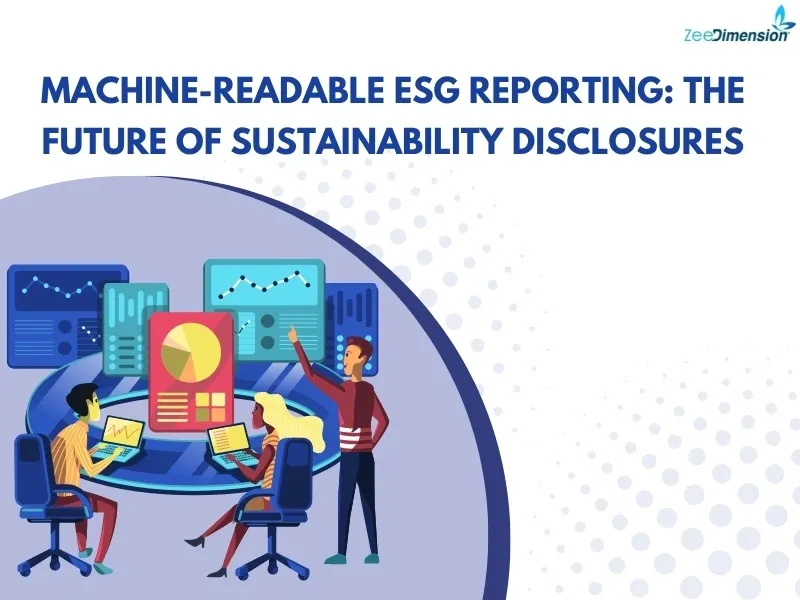
Why outdated ESG reports no longer work and how structured data is reshaping ESG compliance.
The Problem with Traditional ESG Reports
Traditional ESG reports, typically in PDFs or spreadsheets, make it difficult to extract, compare, and automate data, resulting in manual and time-consuming compliance. The solution lies in machine-readable ESG reporting, which enhances both efficiency and transparency.
What is a Machine-Readable ESG Report?
A machine-readable ESG report is a digital disclosure formatted to allow easy automation, analysis, and comparison. By using formats such as XBRL, JSON, and XML, it simplifies the ESG reporting process for regulators, investors, and businesses, enhancing both transparency and efficiency.
Why Shift to Machine-Readable ESG Reporting?
Shifting to machine-readable ESG reporting enhances transparency, standardization, and accuracy while reducing costs. AI-driven automation enables real-time insights, ensures compliance with global disclosure requirements, and minimizes manual errors—making ESG reporting more efficient and reliable.
Example – Traditional vs. Machine-Readable ESG Reporting
Traditional ESG reports, like PDFs, make data extraction and comparison difficult, requiring manual input. As a company’s emissions report may state: “GHG Emissions (Scope 1 & 2): 150,000 metric tons CO₂e (FY2024),” which AI struggles to process. In contrast, machine-readable formats like XBRL enable automated extraction, seamless comparisons, and compliance with regulatory standards:
<esg:GHGEmissions contextRef=”FY2024″ unitRef=”MetricTonsCO2e”>150000</esg:GHGEmissions>
How to Implement Machine-Readable ESG Reporting?
To implement machine-readable ESG reporting, companies should adopt structured data formats like XBRL, JSON, or XML and leverage platforms such as Workiva and Ecochain. Integrating real-time ESG data APIs will automate processes, while aligning with global standards like GRI, SASB, and ESRS ensures consistency. Adhering to regulations from the SEC, EU CSRD, and ISSB is key to maintaining transparency and staying compliant.
The Future of ESG Reporting
Machine-readable ESG reporting is not optional—it’s the future.
Companies that embrace structured ESG data today will gain:
– Regulatory readiness
– Investor trust
– Automation & efficiency
Is your company ready for machine-readable ESG reporting?
Would you like a step-by-step guide on implementing machine-readable ESG reporting? Let me know in the comments!







